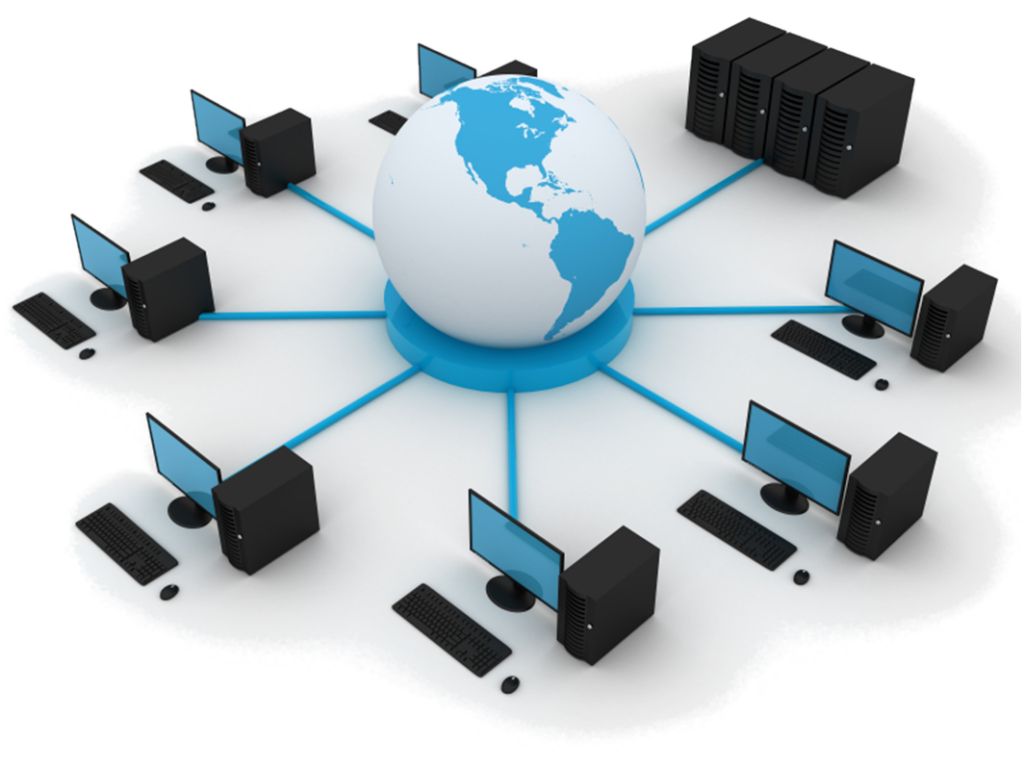
Solutions in wired, wireless and fiber optic networks
Solutions and integrations in wired networks, implementation of fiber optics, solutions in radio links with state-of-the-art equipment.
Optical Fiber
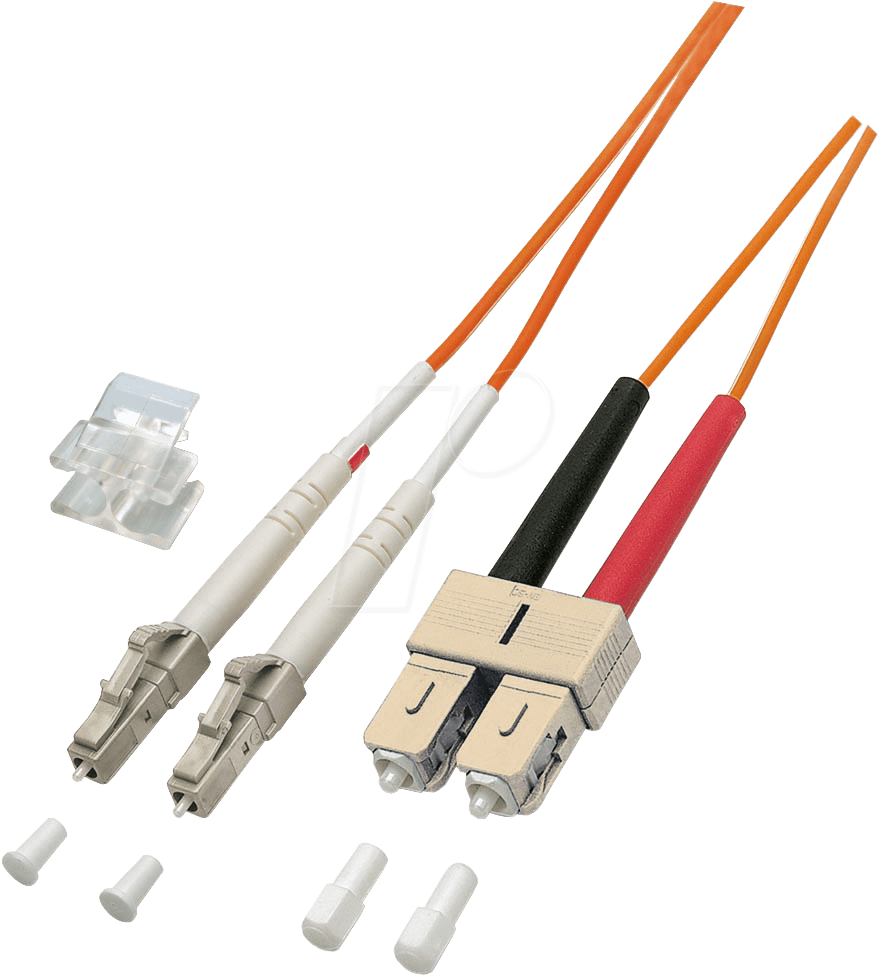
The fastest 5G and fiber optic cable internet connections aren’t just for fun; They will make our world a safer place. The US government introduced the National Broadband Plan in 2010, calling for greater public safety through a stronger national network. As the plan notes, first responders need faster, more reliable internet for voice, data and video to help save lives. Better internet also gives all Americans better access to emergency services. It also provides more reliable notifications in times of disaster and stronger homeland security.
Optical fiber is used as a transmission medium in telecommunications networks since, due to its flexibility, optical conductors can be grouped to form cables. The fibers used in this field are either plastic or glass, and sometimes both. Due to their low attenuation, glass fibers are used in interurban environments.
Advantages
- A very wide pass band, which allows very high flows (in the order of tens of Gigabits/second).
- Small size, therefore it takes up little space.
- Very light, the weight is of the order of a few grams per kilometer, which is about nine times less than that of a conventional cable.
- Total immunity to disturbances of electromagnetic origin, which implies a very good transmission quality, since the signal is immune to storms, crackling, among others.
- Great security: intrusion into an optical fiber is easily detectable due to the weakening of the light energy received, in addition, it does not radiate anything, which is particularly interesting for applications that require a high level of confidentiality.
- It does not cause interference.
- Insensitivity to parasitic signals, which is a property mainly used in heavily disturbed industrial environments (for example, in subway tunnels). This property also allows the coexistence through the same ducts of non-metallic optical cables with electric power cables.
- Very small attenuation independent of the frequency, which makes it possible to bridge important distances without intermediate active elements. It can provide communications up to 70 km before the signal needs to be regenerated, and can be extended to 150 km using laser amplifiers.
- Great mechanical resistance, which facilitates installation.
- Resistance to heat, cold and corrosion.
- Ease of locating cuts thanks to a process based on reflectometry, which makes it possible to quickly detect the place where the fault will be repaired, simplifying maintenance work.
- Environmental factors.
The EIA/TIA 568B standard defines horizontal cabling as follows: Horizontal cabling system is the portion of the telecommunications cabling system that extends from the work area to the telecommunications room or vice versa.
Horizontal cabling is made up of two basic elements: routes and vertical spaces (also called “horizontal data passing systems”). Horizontal paths and spaces are used to distribute and support horizontal cable and connecting hardware between the work area exit and the telecommunications room. These routes and spaces are the “containers” of the horizontal cabling. If there is a suspended ceiling, it is recommended to use ducts to transport the horizontal cables. One ¾-inch pipe for every two UTP cables. One 1-inch pipe for each two-fiber optic cable. The minimum radii of curvature must be well implemented. Horizontal cabling includes: Telecommunications outlets (boxes/plates/connectors) in the work area (in English: work area outlets, WAO). Transition cables and connectors installed between work area exits and telecommunications room. Panels (patch panels) and patch cables used to configure the horizontal wiring connections in the telecommunications room. Certain considerations must be made when selecting horizontal cabling: it contains the largest number of individual cables in the building.
Structured cabling

At DC&N, we are professionals in the implementation of structured cabling, adaptation of data rooms, internet distribution by wired network, complying with the different EIA/TIA standards. Improving the quality of data and transmission within the client’s private network.
Wireless Network & Radio Links
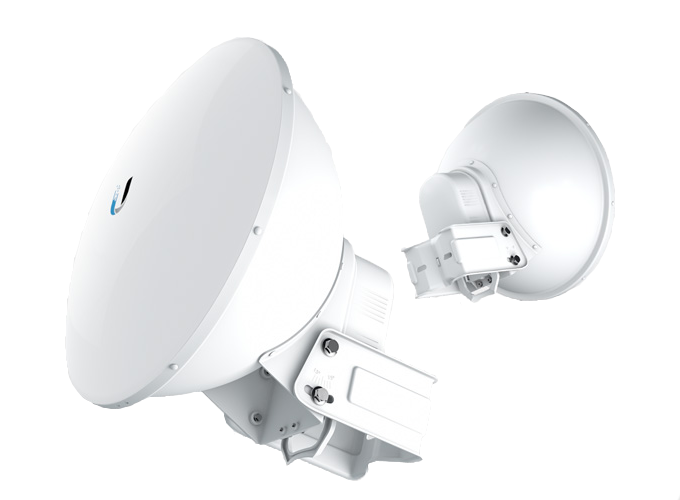
Our Telecommunications professionals adapt each wireless project to 100% effectiveness. We work with the best brands in the technology market in terms of radio links. We make data communication signals more stable and more reliable.
Any interconnection between telecommunications devices made through radio frequency (electromagnetic radiation) is called a radio link. Radio links can be defined as communication systems between fixed points located on the earth’s surface, which establish duplex communication, from which two modulated carriers must be transmitted: one for the transmission of information (Tx) and another for reception. (Rx).
nternet connections by WiFi radio link provide coverage to areas where it is difficult to provide service with other technologies. But there are many other points in favor:
● Ability to transmit large amounts of data. We achieve a large bandwidth continuously, without cuts or loss of performance allowing you to enjoy a high quality connection even if the location is not the best.
● Low costs. The absence of cable considerably reduces the cost. We can use any elevated site for the installation of the antennas at a very low cost. With one we will cover a large area of land.
● Quick installation. In the connection by radio links we only need to install the antennas in the ideal location and a WiFi router to access the signal.
Application scenarios
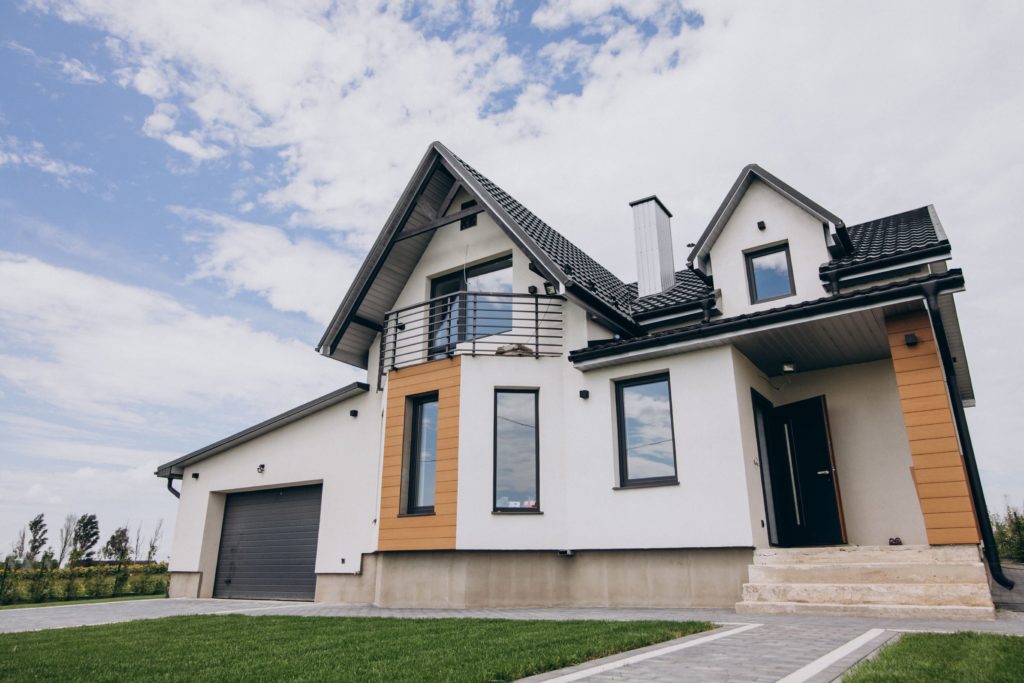
Houses

Stores

Offices

Warehouses
Talk to a Representative
Related links

technologies video surveillance system
IA | ip | hdcvi | ahd
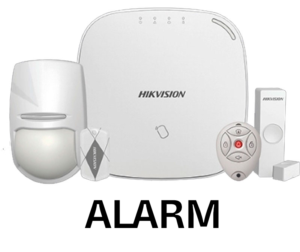
RESIDENTIAL AND COMMERCIAL ALARM
MONITORED SELF-MANAGED

INTEGRATIONS
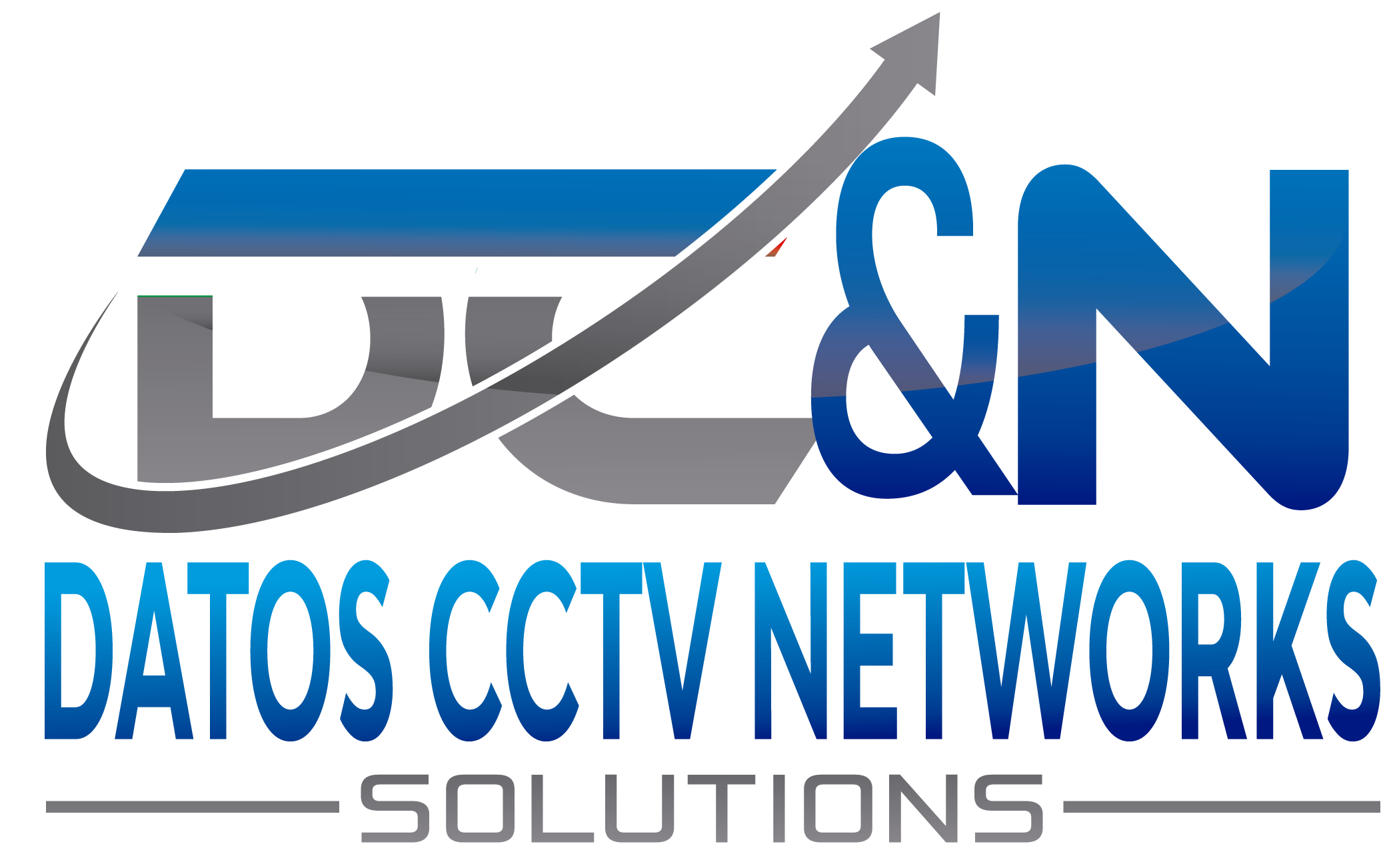
 We provide solutions in electronic security.
We make your safety our priority.
We provide solutions in electronic security.
We make your safety our priority.



